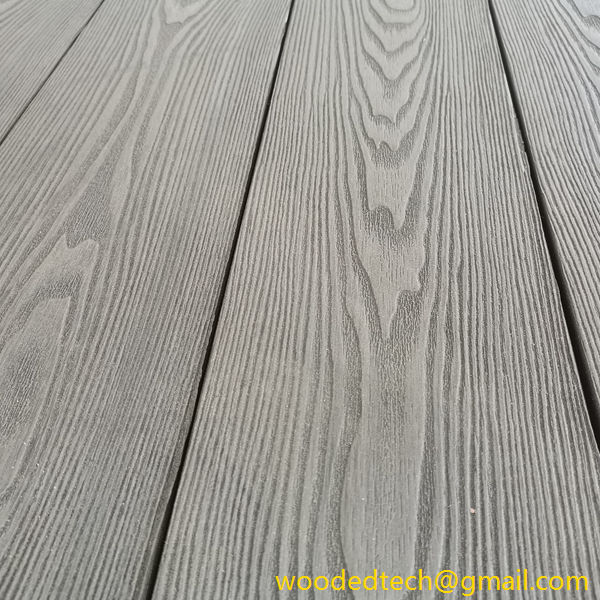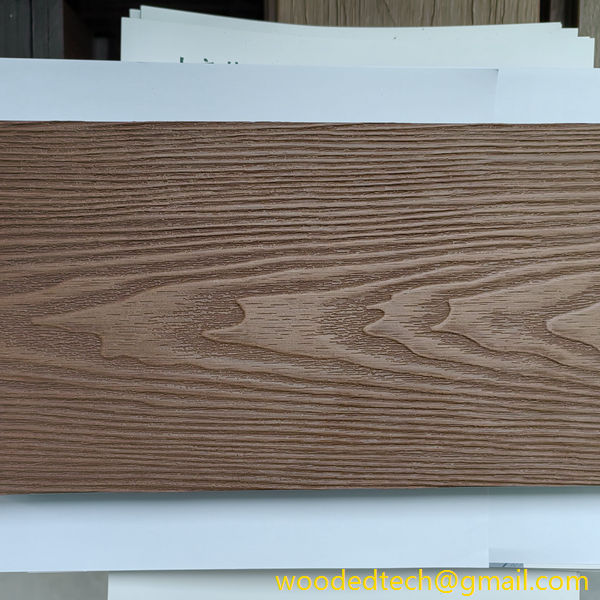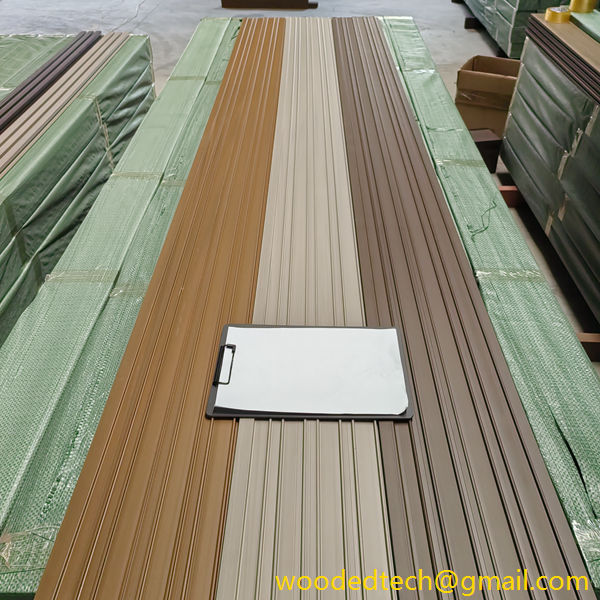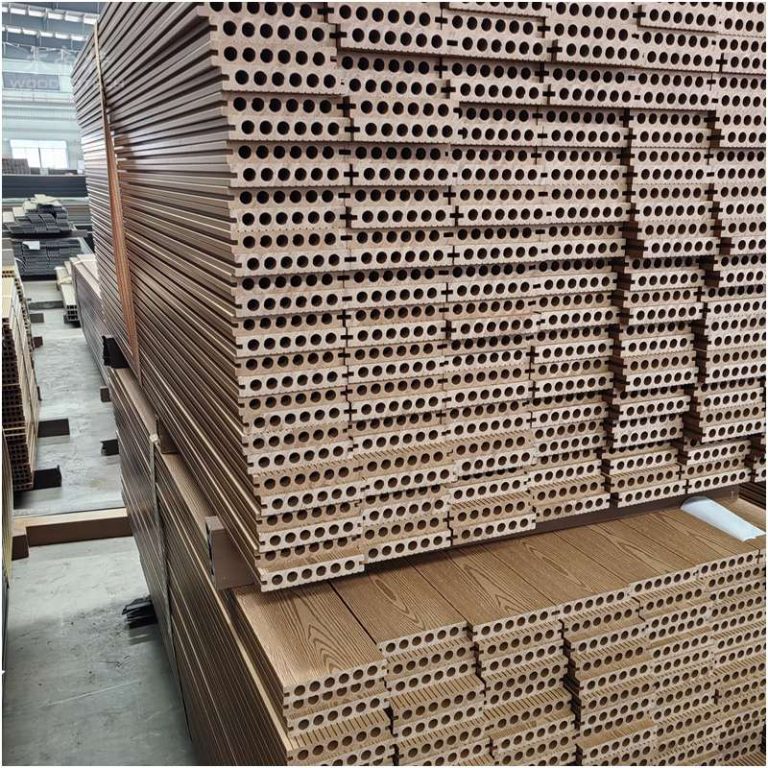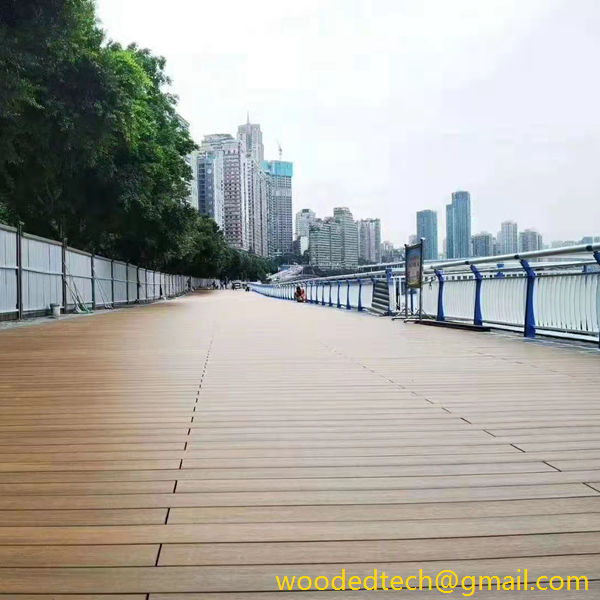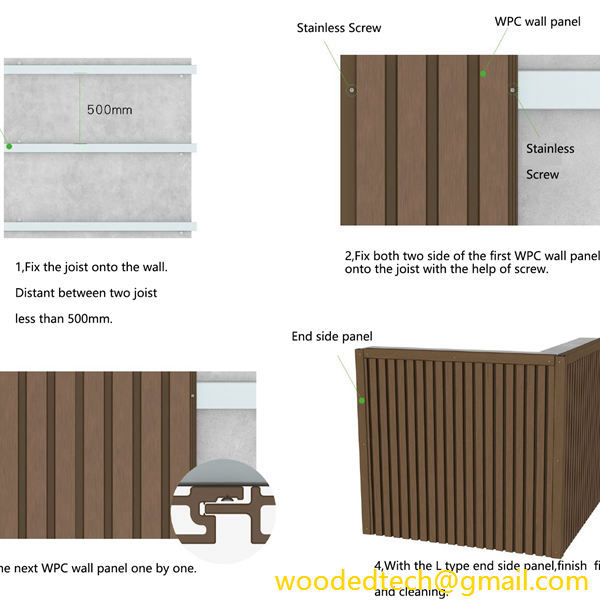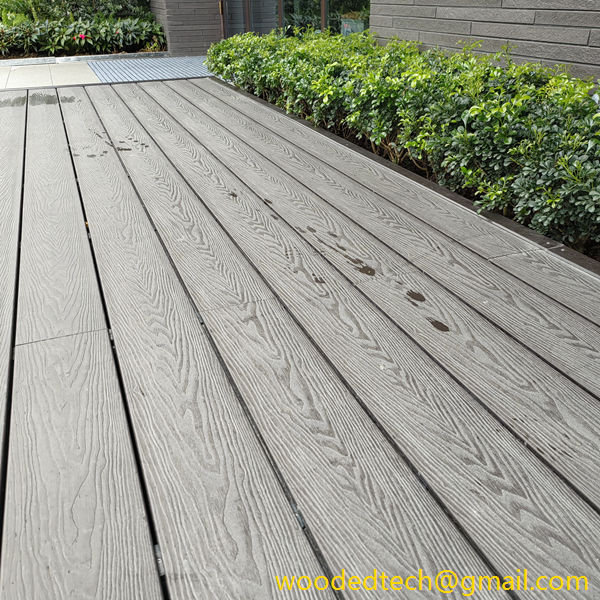Choose Composite Decking 12 or 16 on Center for a Reliable Decking Solution
Choose Composite Decking 12 or 16 on Center for a Reliable Decking Solution When considering the construction or renovation of outdoor spaces, the choice of decking material is crucial. Composite decking has gained significant popularity as a reliable and durable solution for homeowners and builders alike. Among the various options available, the decision between 12…
Choose Composite Decking 12 or 16 on Center for a Reliable Decking Solution
When considering the construction or renovation of outdoor spaces, the choice of decking material is crucial. Composite decking has gained significant popularity as a reliable and durable solution for homeowners and builders alike. Among the various options available, the decision between 12 or 16 inches on center framing for composite decking is a critical one that can influence both the structural integrity and aesthetic appeal of the deck. This article will delve into the global production capacity distribution of composite decking, the advantages of choosing either spacing option, and the factors influencing these choices.
Composite decking is a synthetic material made from a mix of wood fibers and plastic. This combination creates a product that mimics the appearance of wood while offering enhanced durability and resistance to the elements. As the demand for sustainable building materials has grown, so too has the production of composite decking. Global production capacity is distributed across several key regions, each contributing to the overall supply chain.
North America is a significant player in the composite decking market, largely due to the high demand from both residential and commercial sectors. The United States and Canada are home to several leading manufacturers, who produce a wide variety of composite decking products. The region’s focus on sustainability and eco-friendly materials has driven innovation in the composite industry, leading to the development of products that use recycled materials. This not only reduces waste but also appeals to environmentally conscious consumers.
In Europe, the demand for composite decking has also been on the rise. Countries such as Germany, the United Kingdom, and Scandinavia are witnessing a surge in the popularity of composite materials as outdoor living spaces become an integral part of home design. European manufacturers are focusing on high-quality standards and environmentally friendly production processes, further enhancing the appeal of composite decking across the continent. The distribution of production capacity in Europe is characterized by a mix of established brands and innovative startups, reflecting a diverse market landscape.
Asia, particularly China, has emerged as a key player in the global composite decking market. The region’s manufacturing capabilities allow for large-scale production, making it possible to offer competitive pricing. However, the quality of products can vary significantly, with some manufacturers prioritizing cost over quality. As the demand for composite decking grows in Asia-Pacific countries, there is an increasing emphasis on improving product quality and sustainability. This shift is likely to influence global production capacity distribution as manufacturers seek to meet international standards and consumer expectations.
The choice between 12 or 16 inches on center framing for composite decking is an important consideration for builders and homeowners. The term “on center” refers to the spacing between joists, which are the horizontal supports that hold up the decking boards. Choosing the right spacing impacts not only the structural integrity of the deck but also its overall performance and longevity.
When composite decking is installed using 12 inches on center framing, it provides increased support for the boards. This tighter spacing is particularly beneficial for heavy loads or high-traffic areas, ensuring that the deck can withstand the weight and movement without sagging or warping. Additionally, installing decking boards at this spacing can help reduce the likelihood of any gaps between boards, which can enhance the overall appearance of the deck.
On the other hand, 16 inches on center framing is a common practice that offers a balance between structural integrity and cost-effectiveness. This spacing can be suitable for most residential applications, providing adequate support while allowing for easier installation. It can also save on materials and labor costs, making it an attractive option for budget-conscious homeowners. However, it is important to ensure that the specific composite decking product being used is rated for this spacing.
The decision between these two spacing options should also take into account other factors such as local building codes, climate considerations, and the intended use of the deck. For instance, in regions prone to heavy snowfall or extreme weather conditions, opting for the tighter 12 inches on center framing may be the safer choice. Conversely, in milder climates, 16 inches on center may suffice, offering a good balance of support and cost efficiency.
In conclusion, composite decking presents a reliable and aesthetically pleasing option for outdoor spaces, with global production capacity distributed across various regions, including North America, Europe, and Asia. The choice between 12 or 16 inches on center framing is a significant decision that can affect the deck’s durability, appearance, and cost. By understanding the implications of each option and considering factors such as regional building codes and environmental conditions, homeowners and builders can make informed decisions that lead to long-lasting and beautiful outdoor spaces. As the demand for composite decking continues to grow, so too will the innovations and production capabilities within this dynamic market.

